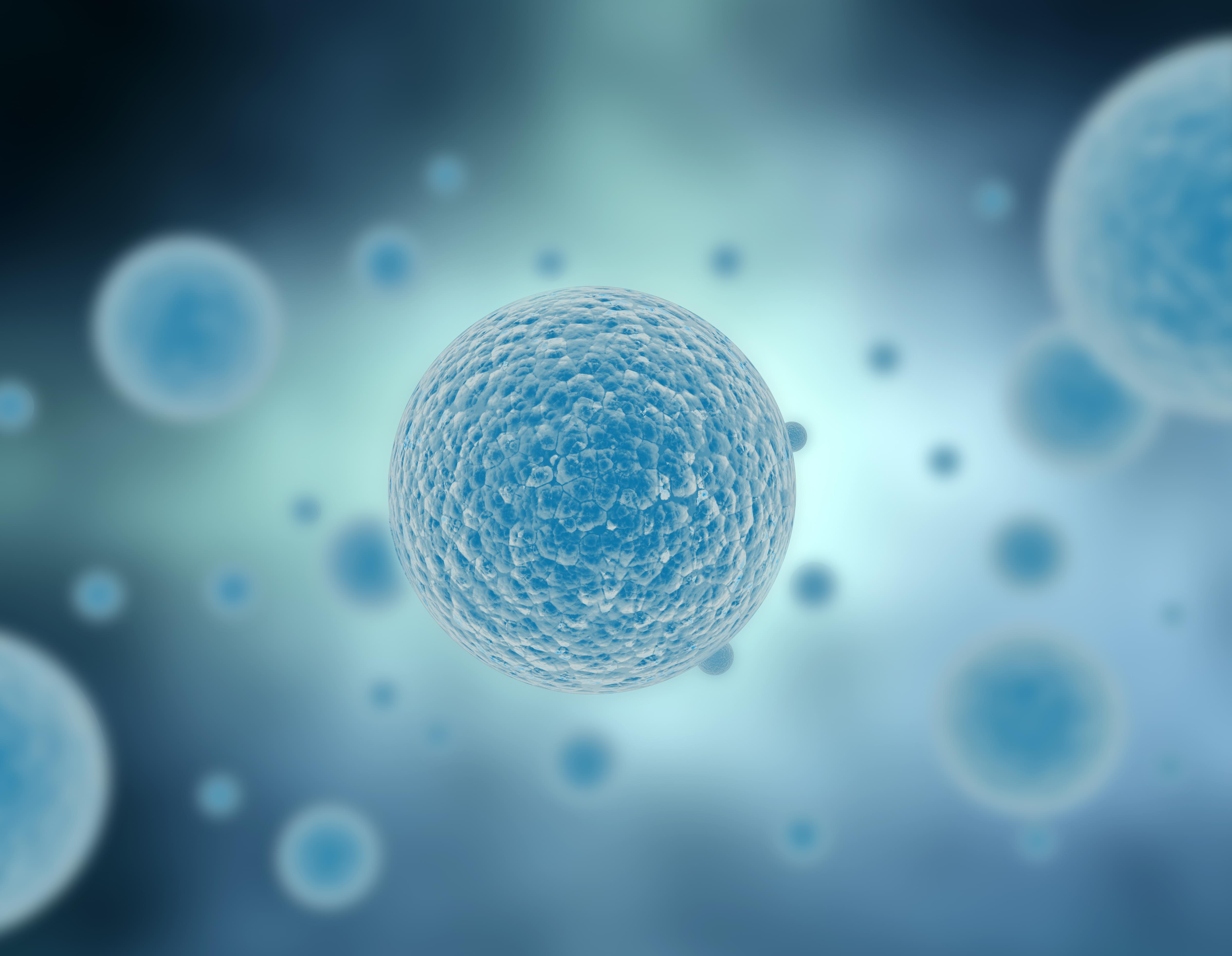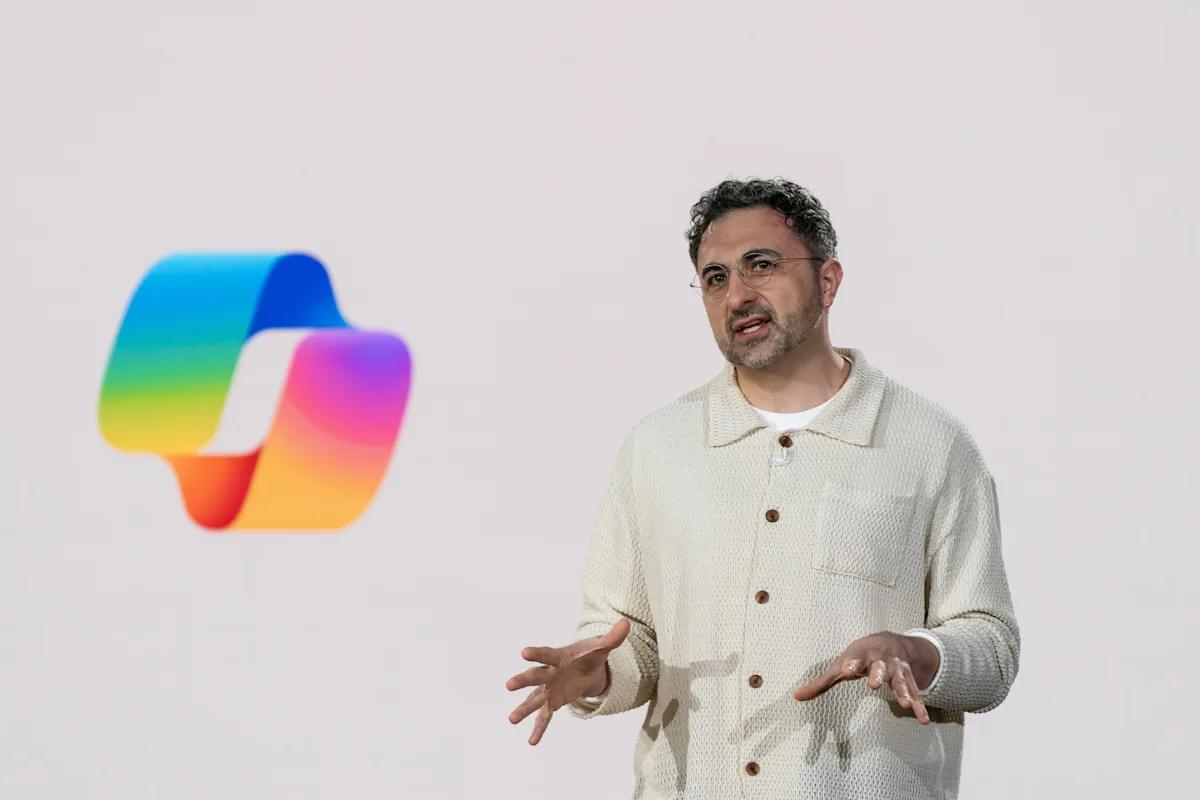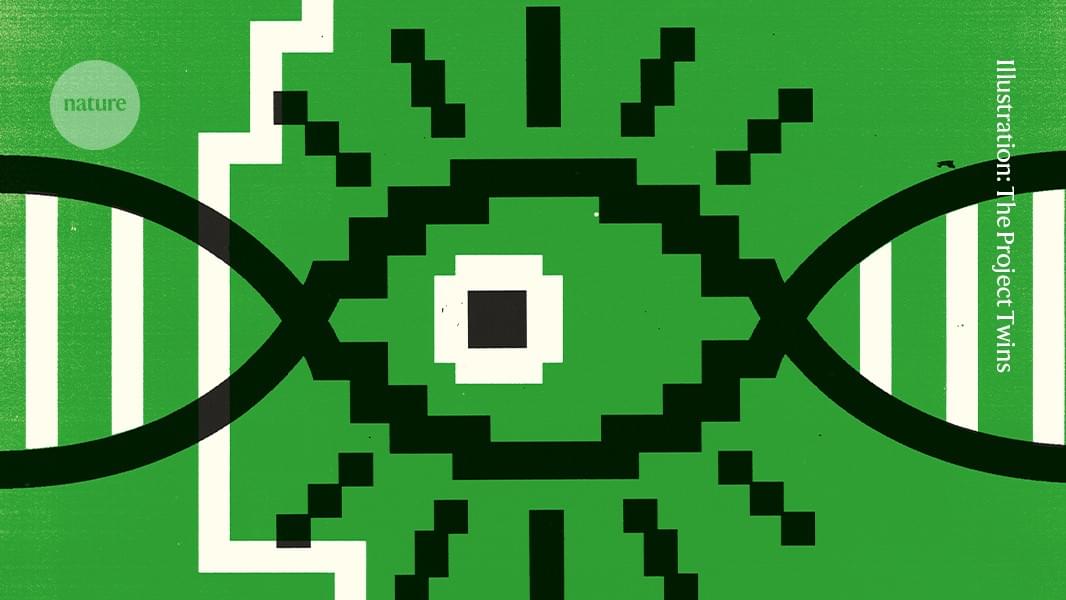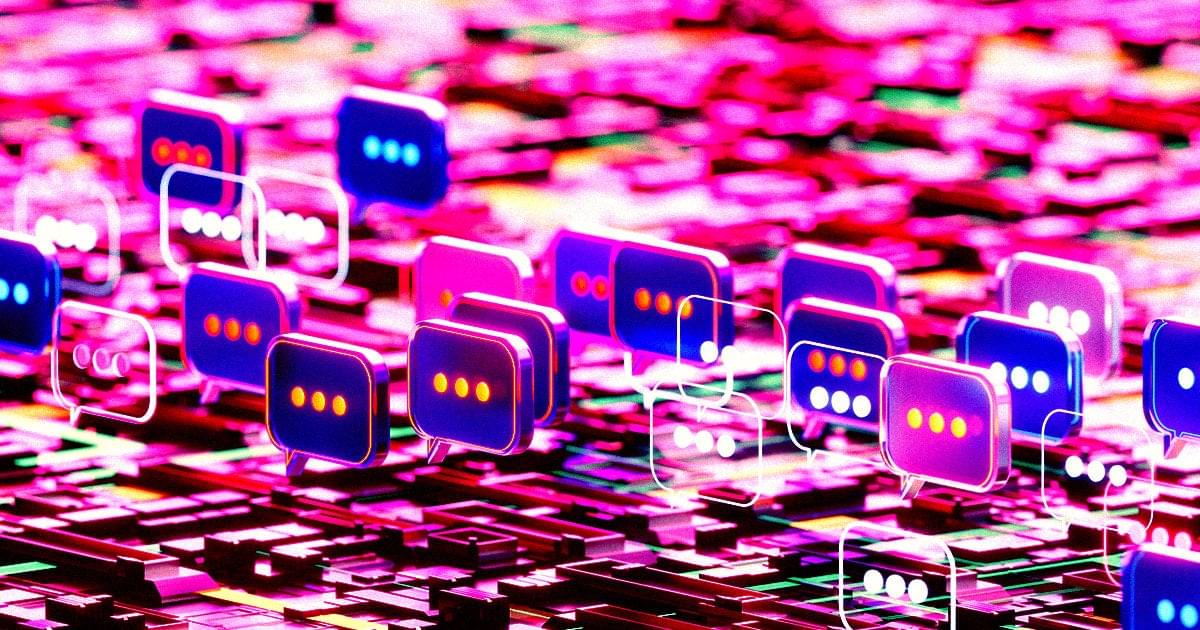One of the most fundamental processes in all of biology is the spontaneous organization of cells into clusters that divide and eventually turn into shapes – be they organs, wings or limbs.
Scientists have long explored this enormously complex process to make artificial organs or understand cancer growth – but precisely engineering single cells to achieve a desired collective outcome is often a trial-and-error process.
Harvard applied physicists consider the control of cellular organization and morphogenesis to be an optimization problem that can be solved with powerful new machine learning tools. In new research published in Nature Computational Science, researchers in the John A. Paulson School of Engineering and Applied Sciences (SEAS) have created a computational framework that can extract the rules that cells need to follow as they grow, in order for a collective function to emerge from the whole.






